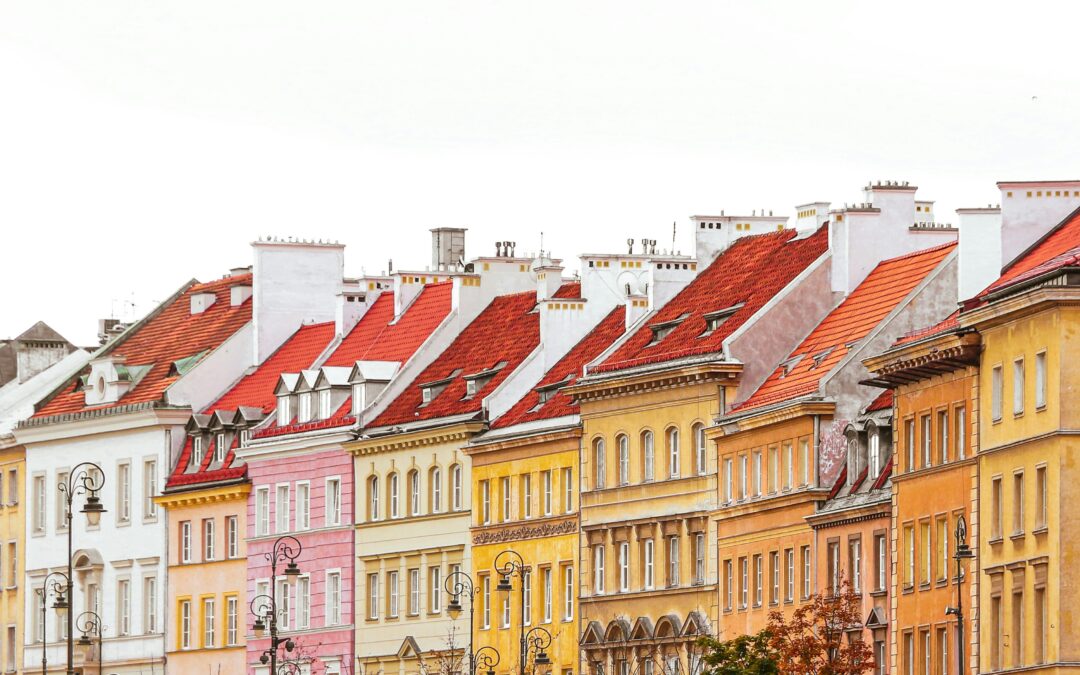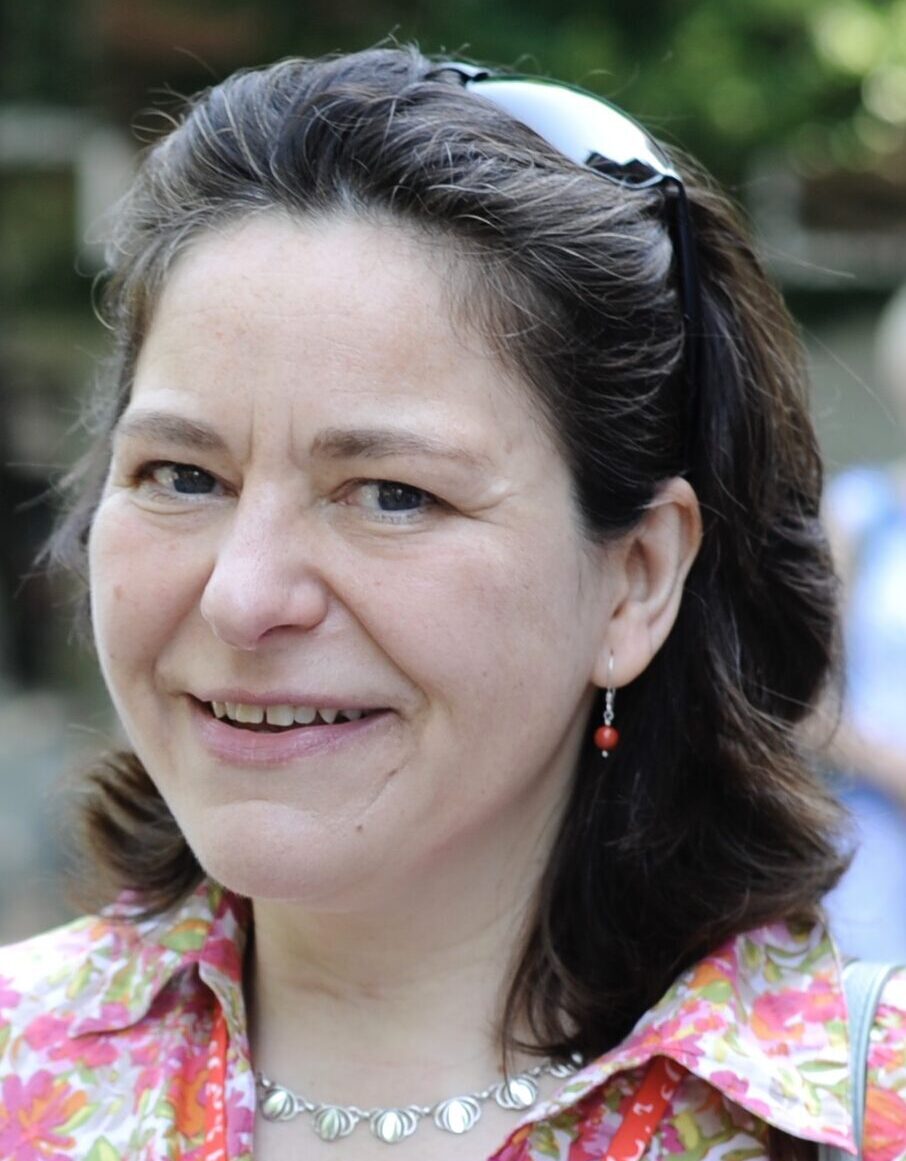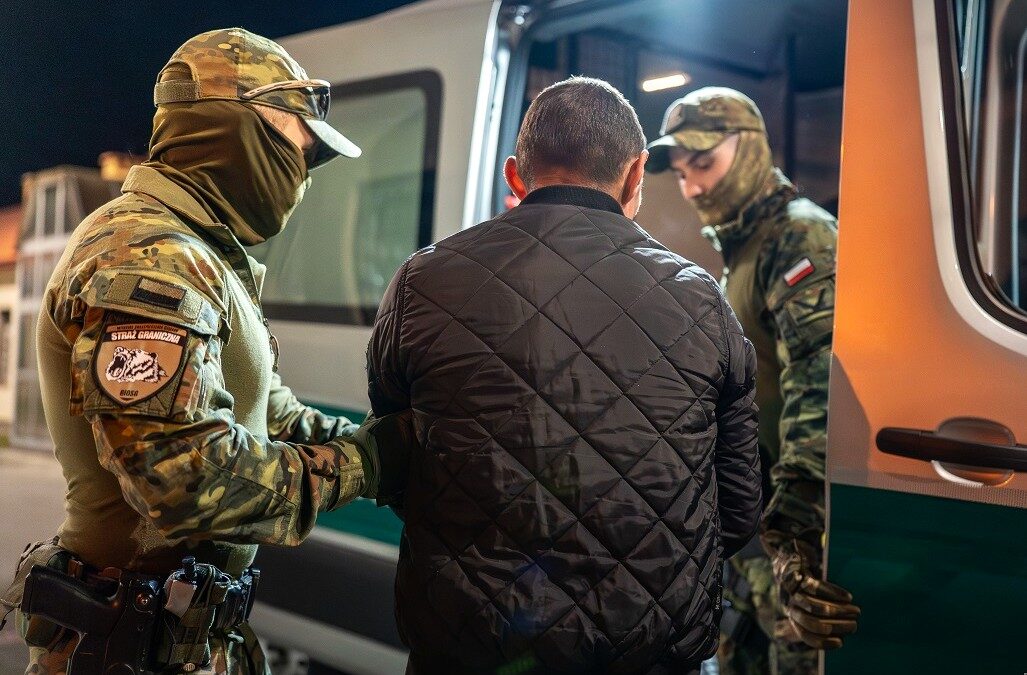A new book from Oxford University Press, Warsaw Tales, presents short stories about Poland’s capital from authors including Olga Tokarczuk, Bolesław Prus and Hanna Krall. In an exclusive article for Notes from Poland, the collection’s translator, Antonia Lloyd-Jones, explains her own relationship with the city of Warsaw and why she chose these stories.
When I was commissioned to select and translate a collection of Warsaw Tales, I jumped at the offer, because opportunities to publish translations of short stories are rare, and here was a wonderful chance to show the work of some lesser-known Polish writers, as well as some whose work has already been published in English.
Each book in the “City Tales” series is an anthology of short stories set in a particular European city. Helen Constantine, the series editor, chose Warsaw because it is Poland’s capital, but it is not like other European capitals at all, not an obvious tourist destination that is already familiar to English-language readers through travel or culture.
My own relationship to Warsaw is not typical; my first visit was in the 1980s, when it seemed to me a sad city, with the scars of the Second World War and also of decades of communism still very apparent.
I was struck by the awe-inspiring achievement that led to the rebuilding of the Old Town after it was destroyed by the Nazis; it’s odd to look up at a magnificent medieval building and see “1970” marked as its date of birth.
After being almost completely destroyed during the war, Warsaw's Old Town was meticulously recreated.
The process challenged traditional approaches to conservation, but was later imitated by other cities seeking a sense of historical authenticity https://t.co/RRuXSAtMxE
— Notes from Poland 🇵🇱 (@notesfrompoland) August 18, 2021
And then, as now, it was impossible not to be aware of the Palace of Culture and Science, Stalin’s gift to the Poles, a constant reminder that Big Brother was watching from on high. I was also conscious of the vast number of war memorials that are like a rash across the city, marking the sites of wartime atrocities, so many that after a while one stops noticing them.
But in the 40 years that I’ve been coming to Warsaw it has changed greatly, and has gained a new, positive energy. I love this city; I’m writing this in a café-bookshop-literary-venue in the centre, where fashionable young people are chatting, reading or working. This morning I went for a walk under beautiful old oak trees in the exquisite Łazienki Park, which surrounds a fine royal palace that narrowly escaped wartime destruction.
So in my choice of stories for the anthology I felt a responsibility to tell the history of this unusual city, which has endured almost total destruction and phoenix-like regeneration over the past hundred years. This gave me a plan, but also a straitjacket.
After the fall of the Warsaw Uprising – which began 80 years ago today – the German occupiers expelled the city's entire population.
However, some survivors decided to remain among the ruins. They became known as "Robinson Crusoes" and this is their story https://t.co/UuVbfbcpQ4
— Notes from Poland 🇵🇱 (@notesfrompoland) August 1, 2024
The scary thing about compiling an anthology is that you feel you have to read everything relevant that has ever been written, but of course that’s unrealistic. So I set a few more criteria to narrow my choice.
I decided to include only texts that haven’t been translated before (in fact, two of them have); some non-fiction as well as fiction; a reasonable balance of stories by women as well as men; and for each story to be set in an identifiable location.
The idea is for the reader to be able to navigate the city’s history, but also to create their own geographical literary tour. I’d love to hear from anyone who does eventually use it as a guidebook. There’s a handy map at the back.
The stories start in the early 20th century and end in the early 21st. I chose to start with “Apparitions” by Bolesław Prus, set in the Old Town Marketplace, because it offers an alcohol-induced vision of Warsaw in the future, and to finish with Krzysztof Varga’s “Return of the Evil One”, because it offers an alcohol-induced vision of Warsaw in the past.
In response to a list of "nine Polish books you must read before you die", all written by men, @Kasia_Lech presents a selection of female authors.
Encompassing a variety of genres, they offer snapshots of women’s voices throughout Poland’s complex historyhttps://t.co/3KBDsqkK2K
— Notes from Poland 🇵🇱 (@notesfrompoland) April 10, 2022
In between, the stories follow the city’s history, describing: the stratified society of the interwar period on a trip to the zoo; how Varsovians suffered at the hands of their German Nazi occupiers but also managed to outwit them; the pros and cons of Warsaw’s popular allotment gardens; what the building of Stalin’s “wedding cake” meant to ordinary Poles; how the long-lost Jews continue to haunt the site of the ghetto; and the student strikes of 1981 that ended in martial law.
Some of the stories were obvious choices that I knew well and had already been longing to translate. In particular, Antoni Libera’s “The View from Above and Below” stretches from 1939 to 1995 and from the northern suburb of Żoliborz to the heart of the city.
Likewise Olga Tokarczuk’s “Che Guevara”, which is like a witness account of the political unrest of the early 1980s. Tokarczuk confirmed to me that it is pretty much written from personal experience of her time as a student of clinical psychology.
I found it difficult to find stories from the interwar period that fitted all my criteria, and the most challenging author to translate was Maria Kuncewiczowa, whose vivid depictions of places and people are laced with a satirical tone of mild disgust.
Before the outbreak of war in 1939, Warsaw was a buzzing cultural metropolis.
We take a tour of the leading venues and institutions of this bygone age and meet some of the characters who populated it
https://t.co/no58QVtkpE— Notes from Poland 🇵🇱 (@notesfrompoland) May 28, 2021
I did a lot of my research at the Warsaw University library, and also by talking to writers, scholars and literary critics who know the literature well. Among my most exciting finds was “Traces” by Ludwik Hering.
While researching the anthology, I translated Inhuman Land, a brilliant memoir by the painter and literary essayist Józef Czapski about the fate of Polish POWs and deportees in the Soviet Union (including his efforts to discover the then unknown fate of 21,857 officers massacred in Katyń Forest, and the formation of “Anders Army”).
In his introduction to the book, Timothy Snyder writes about Czapski’s remarkable friend, Ludwik Hering, and thus brought to my attention his collection of stories about the Warsaw Ghetto, which are more like reportage than fiction.
I was also thrilled to find Zofia Petersowa’s story “The Funeral”, about a Polish family’s wartime survival. I was hoping to include something about the doomed Warsaw Uprising, and in a huge, three-volume anthology of the best Polish reportage I found a superb eyewitness account of the uprising by Petersowa, whose work is not at all well-known.
Today marks the 79th anniversary of the Warsaw Uprising against German occupation, the largest military operation by any European resistance movement in WWII.
Sylwester Braun, a member of the resistance, documented the dramatic and tragic events on film https://t.co/OprNr0Y0vX
— Notes from Poland 🇵🇱 (@notesfrompoland) August 1, 2023
Writer Mariusz Szczygieł, who compiled that anthology, gave me a small volume of short stories by Petersowa, in which I found “The Funeral”, which fitted the bill perfectly. Although it doesn’t describe the Uprising, it depicts the aftermath in a spirit of optimism – the will to continue, to clear away the rubble, rebuild and carry on with life.
Much of the fiction in this collection is clearly based on actual experience, but I also chose to include non-fiction as a way of showcasing the special Polish literary genre known as reportage. This can sometimes read more like fiction, especially when it’s written by Hanna Krall, who specialises in a sparse style where much is said between the lines.
This oblique form of narration without spelling out the facts has great emotional force, as readers of “The Presence” will discover. Krall was first alerted to this story by Szczygieł, who, as a television presenter, interviewed a young couple who were convinced their flat, on the site of the former ghetto, was haunted, and decided to investigate.
I hope this book will be interesting, informative and entertaining, and also that it will inspire further reading. In the notes that follow the stories I have included some biographical information about the authors, and also some suggestions for what to read next.
We spoke with Antonia Lloyd-Jones about translating Nobel Prize winner @tokarczuk_olga and the challenges of bringing Polish culture to the world.
She also gave us her tips on the undiscovered gems of Polish literature awaiting readers outside the country https://t.co/DemvgUM8BV
— Notes from Poland 🇵🇱 (@notesfrompoland) May 10, 2021
Warsaw Tales is published by Oxford University Press on 12 September.
Main image credit: Mohammed Ajwad/Unsplash





















